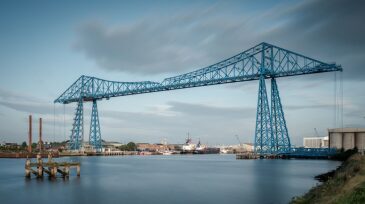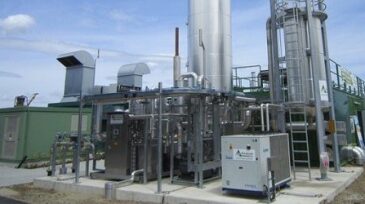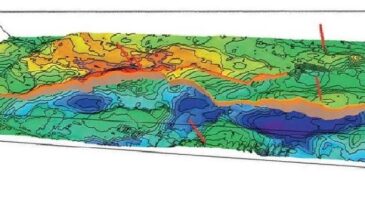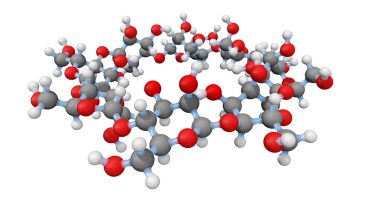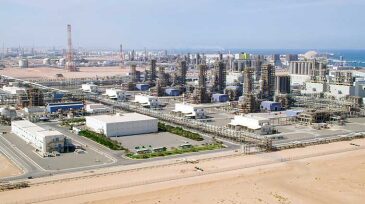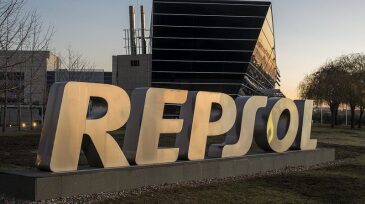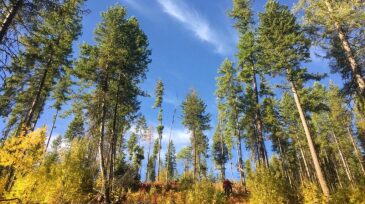carbon capture and storage
-
BP, ENI, Equinor, Shell and Total to develop Net Zero Teesside Project. The project aims to capture 6 mtpa of CO2 emissions.
-
In the past, carbon capture and sequestration seemed to be going nowhere. Today, according to the Global CCS Institute, 19 large-scale commercial carbon capture and sequestration facilities are operating around the world, 10 of which are in the US.
-
Chevron Technology Ventures has joined a consortium in a $16-million investment in a company that provides portable carbon-capture technology.
-
A new study will identify the UK’s best sites and produce a roadmap for carbon storage to help the country reach its net zero targets, geologists say.
-
BP says it is firmly committed to achieving the ambitious target of net-zero greenhouse gas emissions over the next 30 years—even if that means producing less oil and gas.
-
Carbon storage is perhaps the only viable option for reducing carbon to the levels that many governments have agreed are important, and EOR is the only proven technology that can be made ready in the time and at the scale required to accomplish this reduction worldwide.
-
The companies will focus on research and development to reduce CO2 emissions and promote the circular economy.
-
Alberta carbon conversion challenge yields potential GHG reduction of millions of metric tons per year.
-
The Spanish oil and gas company says existing or foreseeable technologies will achieve at least 70% of its ambitious plan to shrink its carbon footprint.
-
The venture arm of the oil giant has put $5 million toward the parent company of Finite Carbon, a US-based company working on sustainable forest management to offset carbon emissions.

